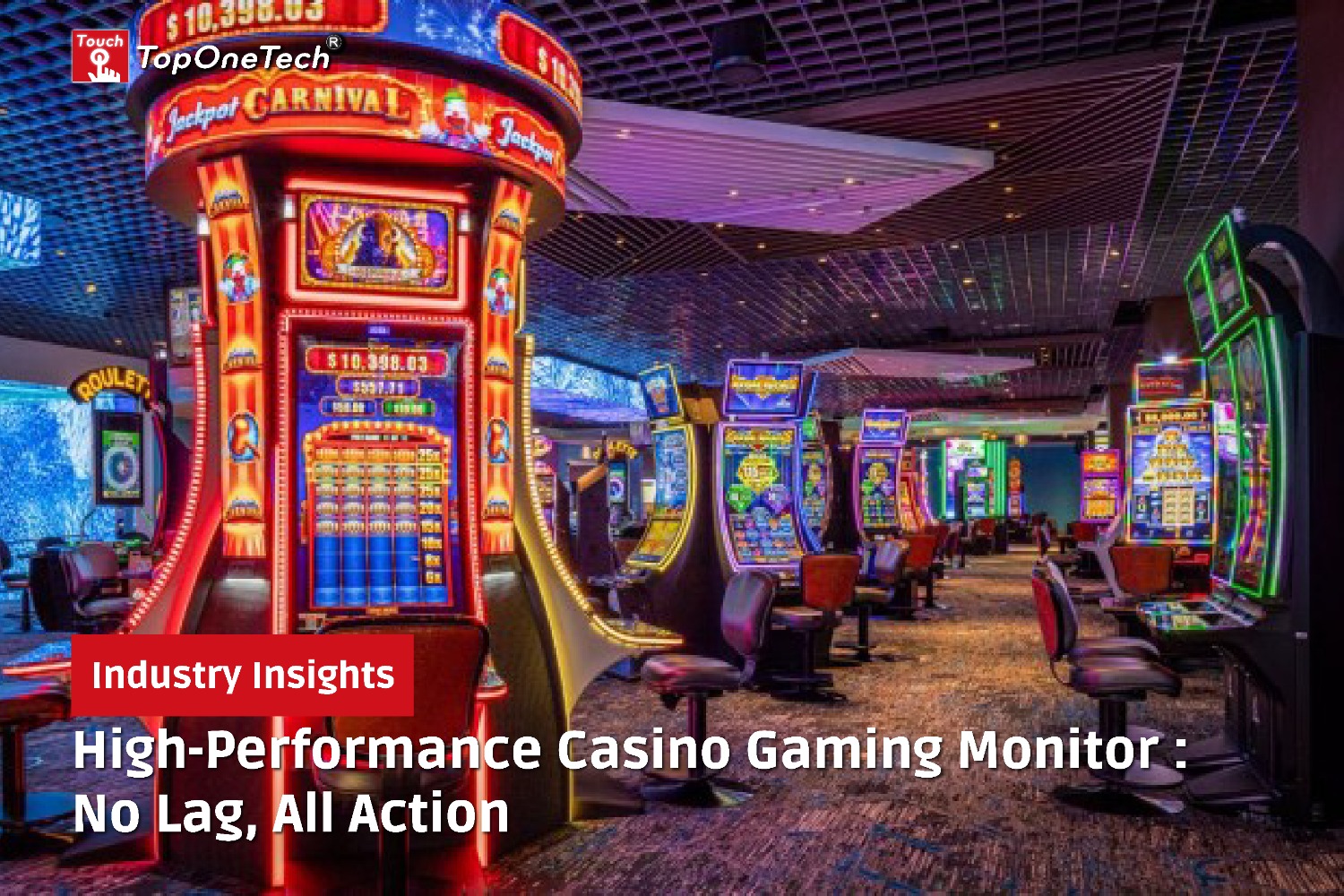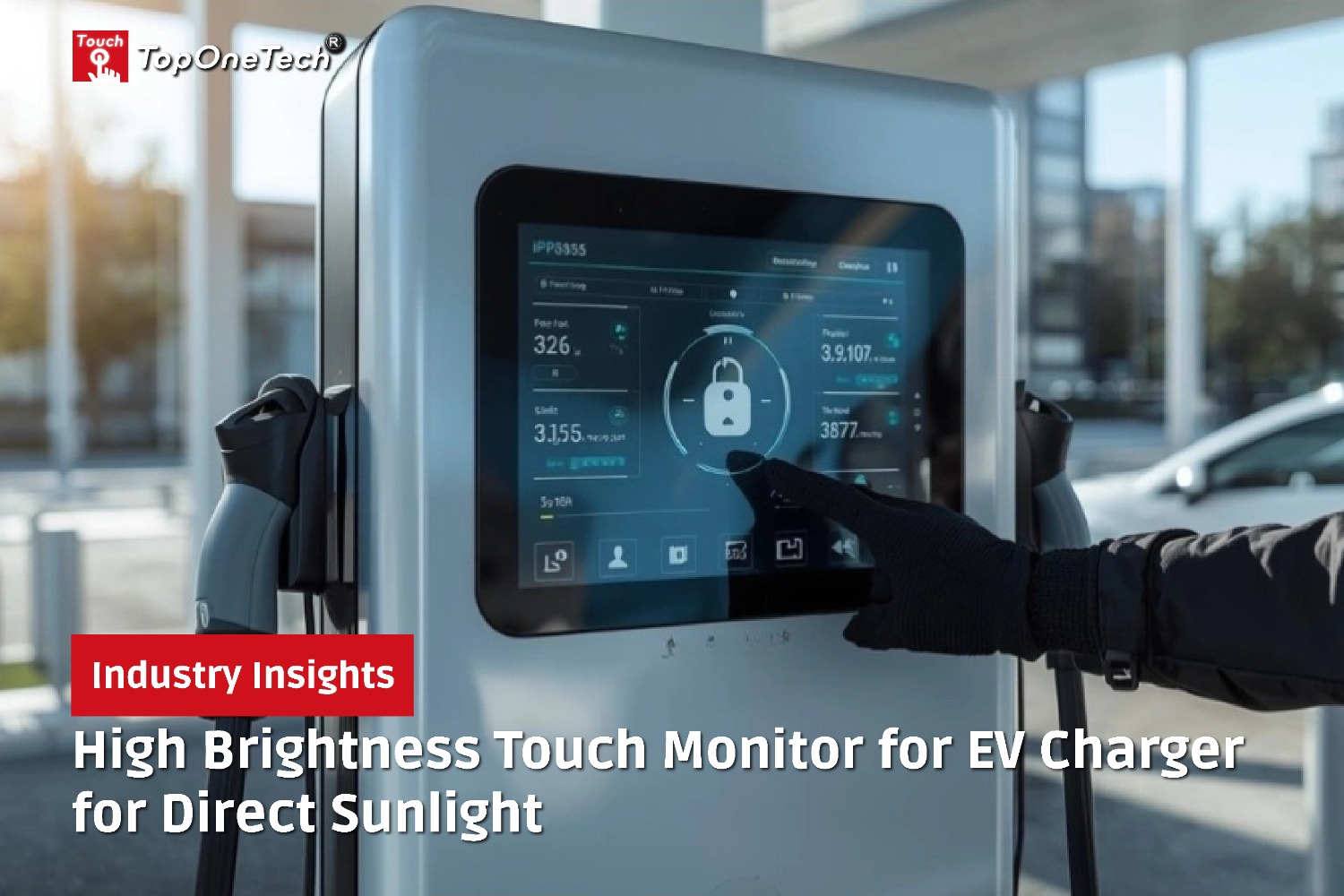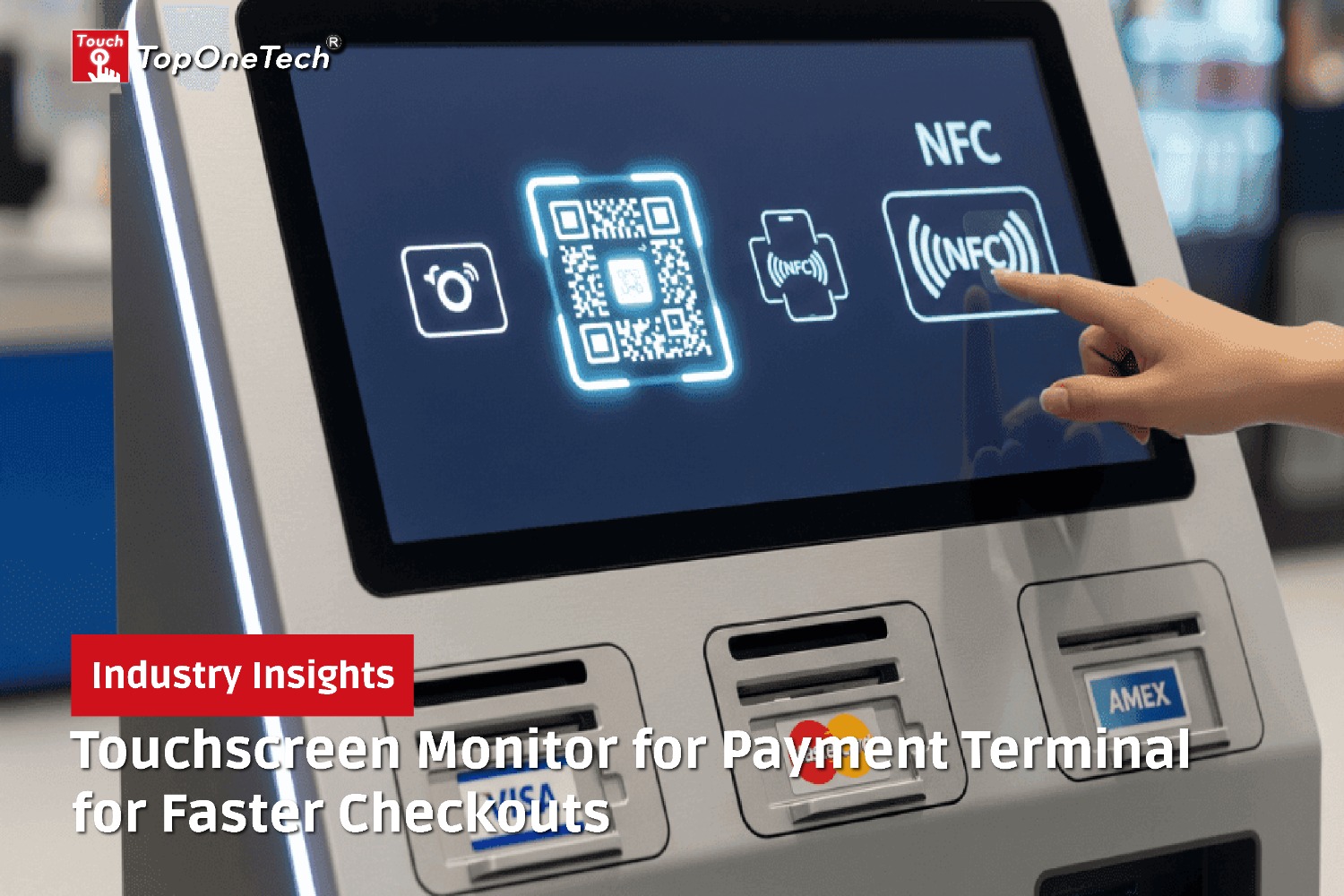
Digital Menu Board Monitor vs. Traditional Signage: Which Wins? In today’s fast-paced world, businesses, especially in the food and beverage industry, are constantly looking for ways to enhance their customer experience and streamline operations. One such way is through the use of digital signage, particularly digital menu boards, which are becoming an essential tool for restaurants, cafes, and fast food chains. But how does digital signage compare to traditional static signage? In this article, we’ll explore the advantages and disadvantages of digital menu board monitors versus traditional signage, helping you decide which one is the best option for your business.
What is Digital Menu Board Monitor?
A digital menu board is a modern electronic display that presents a restaurant or cafe’s menu using digital screens, typically in the form of LED or LCD panels. These screens can showcase dynamic content such as images, videos, and animations, making the menu visually appealing. Digital menu boards also allow businesses to change the displayed content easily, offering greater flexibility compared to traditional signage.
What is Traditional Signage?
Traditional signage refers to printed materials, often made of paper, plastic, or metal, that are used to display menus, promotions, and other information. This type of signage has been around for decades, providing businesses with a reliable and cost-effective way to communicate with customers. However, it lacks the dynamic capabilities and flexibility offered by digital signage.
Digital Menu Board Monitor : Key Advantages
1. Digital Menu Board Monitor – Dynamic and Interactive Content
One of the standout benefits of digital menu board monitors is their ability to display dynamic and engaging content. Unlike traditional signage, which is static, digital displays allow restaurants and cafes to showcase high-quality images, videos, and animations of their menu items. This visual appeal can attract customers’ attention and drive impulse purchases. Interactive content, such as touch-enabled menus or promotional videos, can further enhance customer engagement.
2. Real-Time Updates
Digital menu boards provide businesses with the ability to instantly update their content in real time. Whether it’s a price change, a special promotion, or a limited-time offer, digital signage makes it easy to update the menu across multiple locations with just a few clicks. This eliminates the need to print new menus or posters, saving businesses time and money in the long run.
3. Increased Flexibility and Customization
With digital signage, businesses have the flexibility to customize their menu boards according to their needs. Menu items can be categorized, with categories such as “Today’s Specials” or “Vegan Options” highlighted. Businesses can also experiment with different layouts, fonts, and styles to suit their brand identity. Moreover, digital menu boards can be scheduled to display different content at various times of the day, ensuring that the right promotions are showcased at the right time.
4. Better Brand Visibility
A digital menu board helps enhance brand visibility by integrating brand colors, logos, and design elements into the display. This creates a more cohesive brand experience for customers, contributing to brand recognition. Furthermore, dynamic digital content, including animations and video ads, can be more attention-grabbing than static signage, making it easier for businesses to stand out in a crowded market.
5. Digital Menu Board Monitor – Cost-Effective in the Long Run
While digital signage may require a significant initial investment in hardware and software, it can be more cost-effective in the long run. Traditional signage often requires regular updates, printing, and maintenance, all of which can add up over time. In contrast, once a digital menu board is installed, updating content is as simple as a few clicks, eliminating the need for recurring printing costs.
6. Improved Customer Experience
The modern look and feel of digital menu boards can enhance the overall customer experience. Customers appreciate the convenience of easily seeing and understanding the menu, especially when it is presented with vivid visuals. Additionally, digital signage can reduce wait times by guiding customers through the ordering process with clear and concise information.
7. Digital Menu Board Monitor – Increased Sales and Upselling Opportunities
Digital menu boards can help increase sales by making it easier for customers to visualize the food or drink items they are ordering. Restaurants and cafes can also promote upselling opportunities, such as combo deals, new items, or premium offerings. Furthermore, with digital displays, businesses can adjust pricing or showcase limited-time offers without waiting for the next print run.
Traditional Signage: Key Advantages
1. Lower Initial Investment
One of the biggest advantages of traditional signage is the lower upfront cost compared to digital signage. Traditional signage often requires minimal investment in materials like vinyl, paper, or plastic, and does not require expensive digital hardware or software. For businesses on a tight budget, traditional signage may be the more affordable option.
2. Simplicity and Reliability
Traditional signage is a simple and reliable solution for businesses that don’t require complex displays or frequent updates. It doesn’t rely on electricity or internet connectivity, so there’s less chance of technical issues or downtime. Once the signs are printed, they can last for a long time with minimal maintenance.
3. No Ongoing Costs for Updates
While digital signage requires ongoing software and content management, traditional signage typically has no such costs. Once printed, the signage is ready to use, and businesses only need to replace it when necessary. This makes traditional signage a straightforward, low-maintenance solution for businesses that don’t need frequent updates.
4. No Need for Technical Expertise
Digital signage may require technical knowledge to manage content, troubleshoot issues, or integrate it with other systems. In contrast, traditional signage is easy to create and maintain without requiring specialized skills. For smaller businesses or those with limited technical resources, traditional signage may be the more manageable option.
5. Tangible and Familiar
For many customers, traditional signage feels familiar and comforting. Printed menus and signs are often more straightforward to read and interact with, especially for older generations who may be less comfortable with digital technology. Traditional signage also offers a tactile experience that some customers may prefer over digital displays.
Digital Menu Board Monitor vs. Traditional Signage: Key Differences
| Feature | Digital Menu Board Monitor | Traditional Signage |
|---|---|---|
| Initial Investment | High | Low |
| Content Flexibility | Very High | Limited |
| Maintenance | Low (software updates) | Medium (reprints needed) |
| Visual Appeal | High (videos, animations) | Medium (static images) |
| Customer Engagement | High (interactive options) | Low |
| Brand Customization | High (dynamic content) | Medium (static designs) |
| Ongoing Costs | Low (no printing) | Medium (printing costs) |
| Technical Expertise Required | Medium | Low |
Which One is Right for Your Business?
Choosing Digital Menu Board Monitor
Digital menu boards are ideal for businesses that:
- Have a high volume of customers and need to streamline their ordering process.
- Want to stand out with visually appealing, dynamic content that grabs attention.
- Need to update their menu regularly, especially if they frequently run promotions or change their menu.
- Have the budget for an initial investment and are looking for long-term cost savings.
Choosing Traditional Signage
Traditional signage may be the better option for businesses that:
- Have a limited budget and need a cost-effective solution.
- Don’t need frequent updates and can rely on static content.
- Prefer simplicity and don’t want to deal with the complexity of managing digital signage.
- Serve a customer base that may not be as familiar or comfortable with digital displays.
Conclusion
Both digital menu board monitors and traditional signage have their merits, and the right choice depends on your specific business needs. Digital signage offers numerous advantages, including dynamic content, real-time updates, and enhanced customer engagement, making it an excellent choice for businesses looking to modernize their operations. However, traditional signage still holds value for businesses on a budget or those that prefer simplicity and reliability. Ultimately, the decision between digital menu boards and traditional signage comes down to your business goals, budget, and the type of customer experience you want to create.
Top One Tech can customize Digital Menu Board Monitors specially made for your application scenarios.
Don’t hesitate to contact us for further assistance :
Whatsapp/Call us at : +86 13631610695
Email : sales@toponetech.cn
See Also : Our Wide Range of Monitor Products




